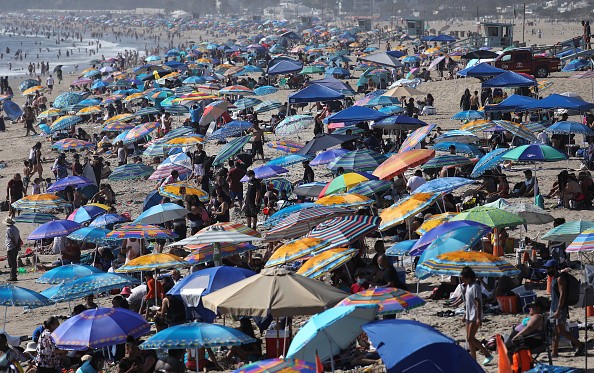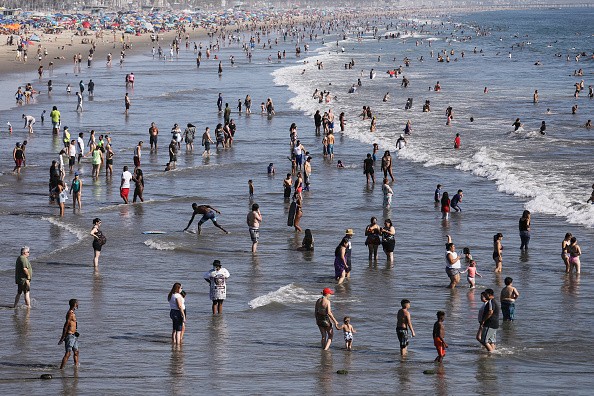Arizona, Nevada, California, and Utah experience extreme heat, worsening drought, and increased risk of wildfires.

Temperatures Across the US South-west
Dangerously hot temperatures across the US south-west will keep increasing this week, getting to higher than 49C (120F) in some regions, aggravating the area's already-dire drought conditions and boosting the risk of new fire ignitions. Extreme heat will be noticed across much of Utah, along with southern and central California, Arizona and Nevada.
Over 48 million people across the west are now under heat advisory watches or warnings from the National Weather Service, which is foretelling that records of statewide will be broken in Arizona and Nevada, together with hundreds of new day-to-day record-high temperatures set in cities in days to come.
Julie Malingowski, a meteorologist with the National Weather Service (NWS), said: "This type of heat is not usual for the month of June," adding that most heatwaves that have actually affected the western US took place in July and August.
The Triple-digit Heat
The triple-digit heat is anticipated to extend from Tuesday through Saturday in some regions, with little spare overnight, and the NWS Climate Prediction Center expects that temperatures will keep being higher than normal through the summer. The heatwave has increased wildfire worries in the west, which is already in the grips of a drought disaster.
Significant fire possibility has been made known across six states by the National Interagency Fire Center, and the heat has the possibility to drive powerful gusty winds exceeding 40mph through the dried landscapes along the Pacific coast.
Malingowski said: "We are in the middle of a drought and the vegetation is already stressed," adding that fires begin more easily and disperse rapidly in hot, dry weather. Hundreds of thousands of acres have burned across the west and California has already passed last year - a record-breaking fire season when over 4.2m acres burned - in terms of the number of acres burned thus far.

Longer-term Heat Impact
The California power grid operator also gave warnings that the hot weather could put pressure on the system and urged residents to conserve when possible. The California Independent System Operator (ISO) said in a statement said: "Although no outages or other power disruptions are anticipated right now, ISO could take a number of actions to decrease demand and access supplementary energy."
Those without access to air conditioning will feel the worst of the heatwave, mostly unhoused residents and other susceptible populations, and there will be little reprieve from the harsh heat overnight. Malingowski said that's the actual danger with these heatwaves, and it is very, very hot during daytime, of course, but the overnight temperatures aren't becoming cool enough to give that relief.
She urged residents across the area to stay indoors if they are able to, take enough water, and make sure that people and animals are not left in cars, where casualties can occur quickly. That's what leads to the longer-term heat impacts.
For more news, updates about heatwaves and similar topics don't forget to follow Nature World News!
© 2025 NatureWorldNews.com All rights reserved. Do not reproduce without permission.





